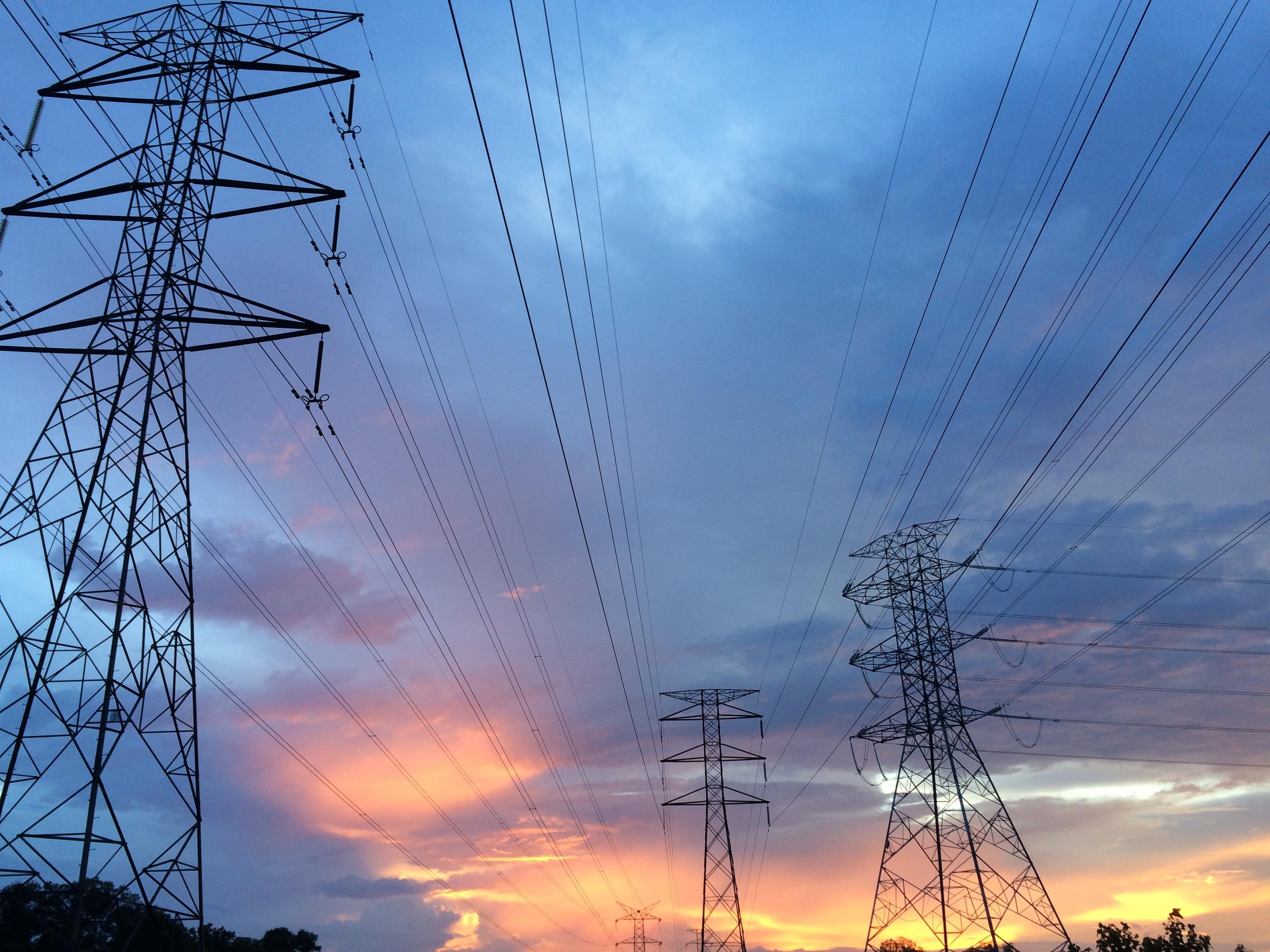22 Mar 2023 — Read the new research paper about P2P technical validation tool by our partner INESC TEC!
Renewable energy communities (REC) are one of the essential drivers for a successful energy transition since they provide the means to match local demand and supply and promote local renewable generation. It is therefore pivotal to understand how to manage them, and the implications or contributions they can have to the grid. Their success will also need easy and efficient management systems and tools, and fair mechanisms to share, among their members, the collective benefits they generate.
Although the management of individual self-consumption, collective self-consumption and renewable energy communities may differ depending on the regulatory framework, the EU regulation defines a common harmonizing framework, that member states are currently transposing to local regulations. Under this context, INESC TEC has developed a methodology and a tool to manage renewable energy communities with local energy trading and contribute to local grid services. This methodology is based on a three-stage model:
1st Stage
This stage performs the individual optimization of the energy management of each REC member by dispatching its flexible resources to minimize its energy cost.
2nd Stage
This stage minimizes the collective energy cost of the REC by dispatching the existing flexibility, but guaranteeing that the energy cost of the individual REC members is always equal or lower than their individual benchmark computed at stage 1. An analysis to assess the impact of the internal price on the fairness of the collective benefits sharing is performed with several illustrative examples.
3rd Stage
This stage incorporates an optimal power flow to compute the most cost-efficient flexibility activation to solve existing constraints of the local distribution grid.
Read the whole paper here.
Photo by Pok Rie, on Pexels
